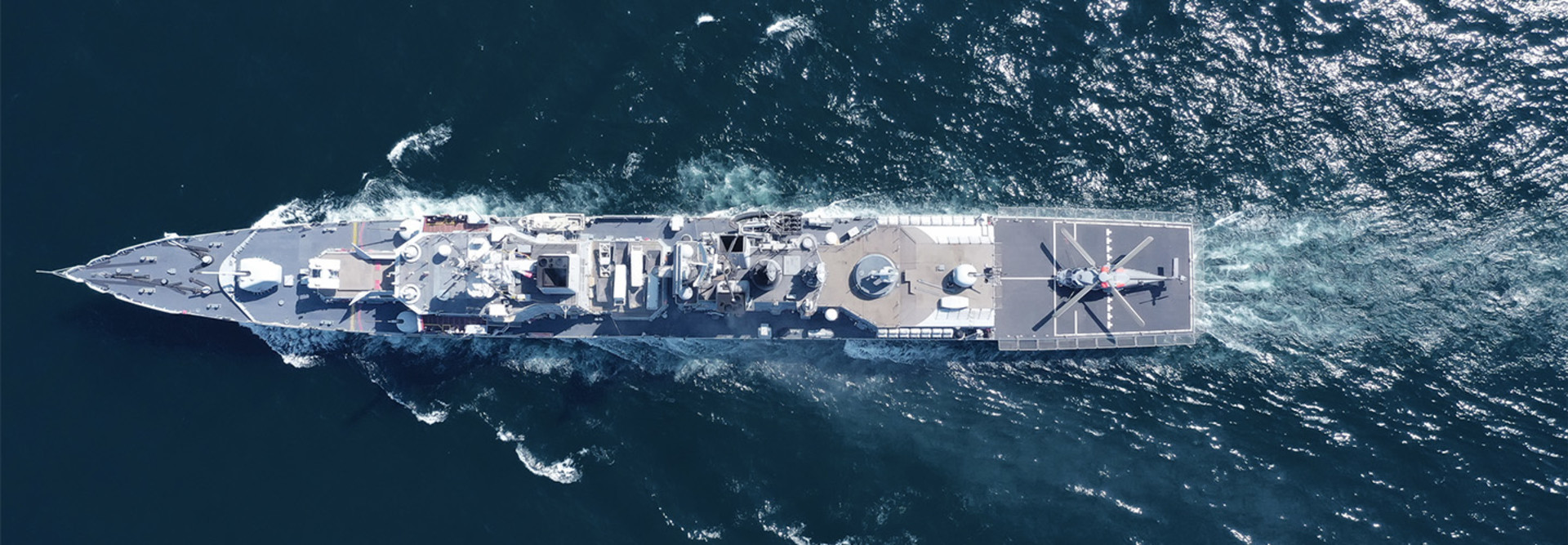How DEOS Paved the Way for Zero Trust
Knausenberger and Weis helped cement the multibillion-dollar Defense Enterprise Office Solutions cloud contract, with a Microsoft Office 365 capability called DoD365, in 2020. DEOS not only helps DOD purchase IT faster but also allowed the Navy to acquire zero-trust tools now protecting half a billion data points via the Navy Cyber Defense Operations Command in Suffolk, Va.
“They can completely command and control, manage, mitigate, quarantine, fix any endpoint, whether it’s on the node or not,” Weis said.
The Air Force has multiple zero-trust pilots of its own underway, and many of its new applications were built with zero-trust concepts in mind, Knausenberger said.
Her branch started with financial apps because financial improvement and audit readiness was already a funding priority for the Air Force.
“It’s almost a forcing function with more money and attention from DOD to accelerate modernization writ large,” Knausenberger said.
DOD zero-trust efforts are seeing unprecedented branch cooperation, she added.
While the Air Force would never post its entire Microsoft Azure backlog for foreign adversaries like China to scour, it’s made a curated version available to partners.
“There is a scrum or scrums that includes both of our service providers across the Navy and the Air Force,” Knausenberger said. “This has never been done before.”
LEARN MORE: How space force acquisition teams balance security with functionality.
Why Cloud Providers Must Be Integrators
Both CIOs went on an industry tour organized by the DOD CIO two weeks ago, where they spent time with all four Joint Warfighting Cloud Capability contract winners: Microsoft, Amazon Web Services, Google and Oracle.
Microsoft focused on its use of artificial intelligence, the GitHub Copilot tool specifically, to completely replatform legacy apps written in languages like COBOL in cloud containers.
Zero-trust pioneer Google lost out on DOD revenue for years due to differences in security philosophies, but “I think that they were right,” Knausenberger said.
At the end of the day, DOD needs cloud providers who are good at integrating multiple capabilities such as continuous monitoring, enterprise services and app migration so they’re consumable, she added.
Knausenberger said she feels “really good” about DOD’s fiscal 2024 budget containing funding for zero trust, sensors, addressing technical debt and operationalized user experience.
“This is about warfighting capacity,” she said.
To learn more about the 2023 RMCS event, visit our conference page, and follow us on Twitter at @FedTechMagazine to see behind-the-scenes moments.











